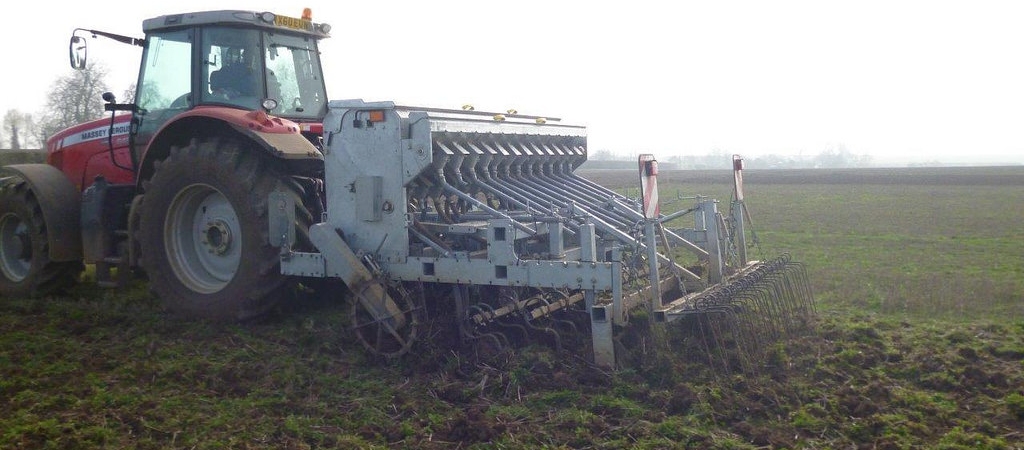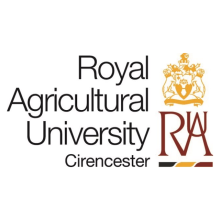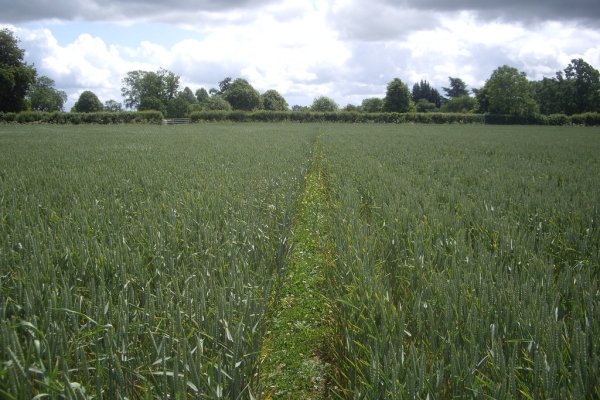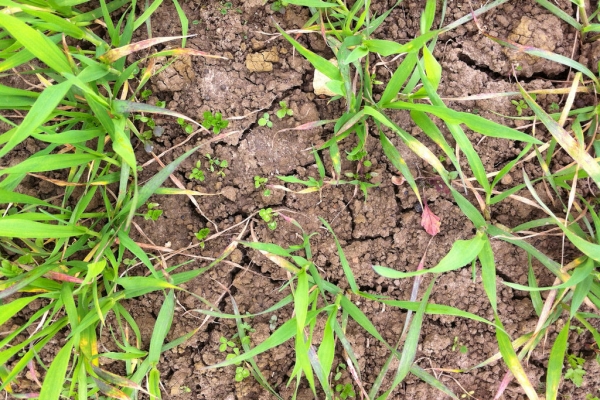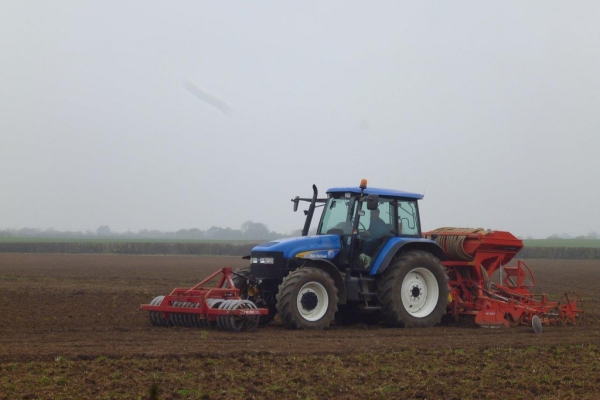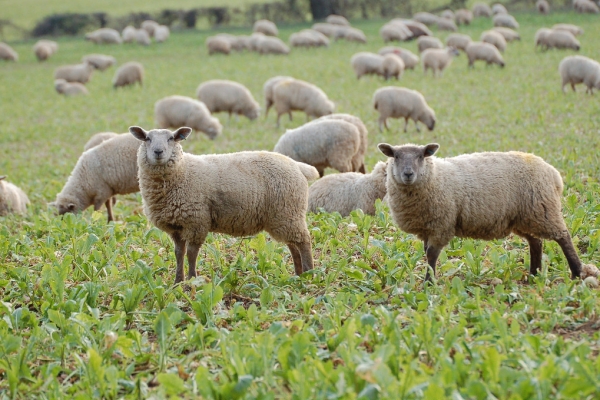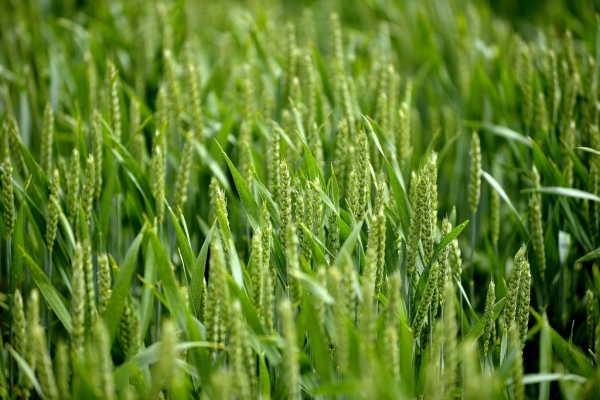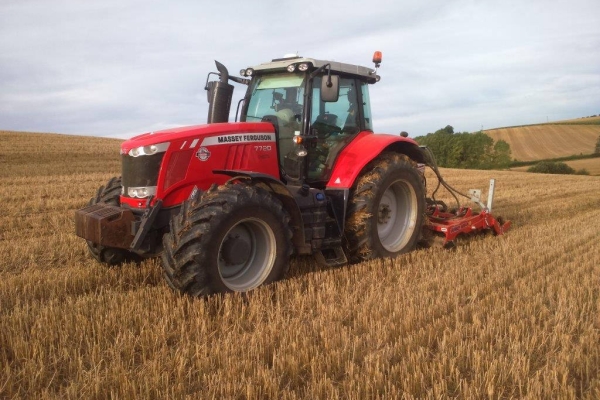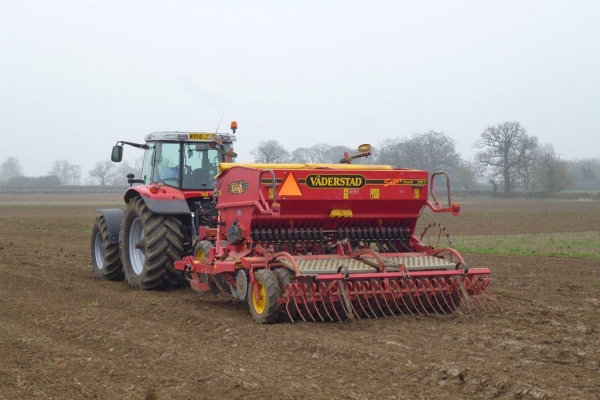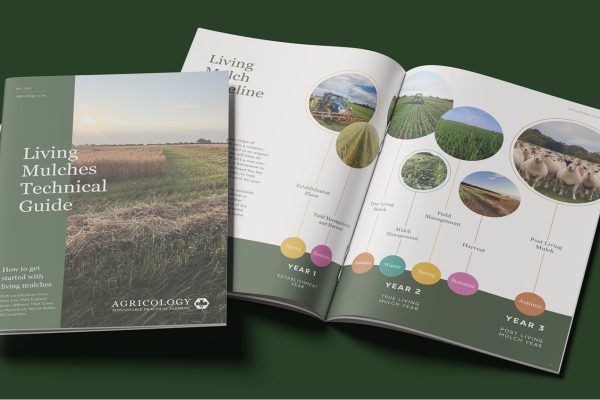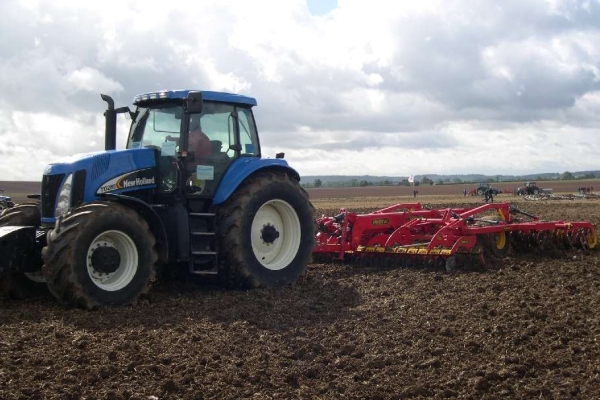Characterisation of soil quality following conventional & non-inversion tillage
Resource explained
Inappropriate and long-term conventional tillage can lead to reduced soil quality. This poster documents the details of an experiment carried out at the Royal Agricultural University’s (RAU) Harnhill Manor farm. It compared the effects of high residue non-inversion tillage (HRNiT) and low residue non-inversion tillage (LRNiT) with conventional tillage (CT) on soil chemical and biological properties. Soils under conservation tillage generally have increased soil organic matter and greater microbial activity. Improved soil structure can potentially improve how cropping systems function; by increasing water holding capacity and enhancing nutrient conservation. This study, conducted from October 2010 to August 2012, reveals some interesting insights.
Findings & recommendations
- The CT plots had 0% soil cover, the LRNiT 30%, and the HRNiT less than 50%.
- Winter wheat was planted in November 2010 and after harvesting in August 2011. The field was left with soil cover over the winter and cultivation treatments were repeated by re-drilling spring wheat in March 2012 and harvesting in August.
- Soil pH, soil organic carbon, nitrogen, phosphorus and potassium levels and earthworm numbers were all recorded.
- The study revealed that:
- A reduced soil pH with non-inversion tillage compared with CT; caused by organic matter accumulating near the soil surface due to continual soil cover and increased moist soil condition.
- Significantly higher soil organic carbon and nitrogen levels with non-inversion tillage compared with CT; due to limited soil disturbance and soil cover being retained. (Mouldboard ploughing can reduce soil organic carbon due to its loss as carbon dioxide).
- A significant increase in earthworm numbers under non-inversion tillage compared to CT (attributed to the reduction of soil tillage and higher availability of organic matter on the soil surface).
- Non-inversion tillage in organic farming has the potential to improve soil quality compared to CT.
(Header image: Drills used for establishing spring wheat: power harrow combination drill, minimum tillage Vaderstad drill, & Ecodyn direct drill. Photo credit: RAU)
